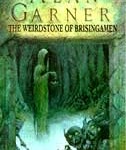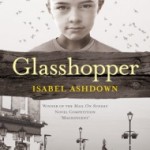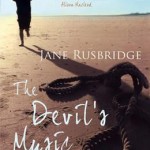First person
As a children’s writer, I find this oh so tempting. Direct and immediate, it’s easy-peasy for me to engage with the reader. Over a longer time my lone voice can grate. It’s hard not to be strident or shrill. I make quite sure the reader can only ever see what I see in exactly the way I see it. Having an older version of myself reflect on my past in a bookend fashion is a useful way round this – often used successfully in ghost stories.
Ominiscient
I am the Great Narrator in the Sky and I can see everywhere. I can look inside all the character’s skulls and tell you what they’re thinking and make it really confusing. I can be just the smallest bit condescending, can’t I, children?
Third person
This writer stands just behind the shoulder of her central character, watching every move the protagonist makes. She reports faithfully on actions and conversations, and is close enough to hear thoughts. It is difficult for her to stand back.
The Great Double Act
The Eric & Ernie of story-telling – or French & Saunders.
She was right there, telling you what happened as it happened.
But there is also the narrator able to summon the whole world, to comment and sum up like the best of teachers.
It is a question of finding the voice that suits the tale.
How do you do that?




















